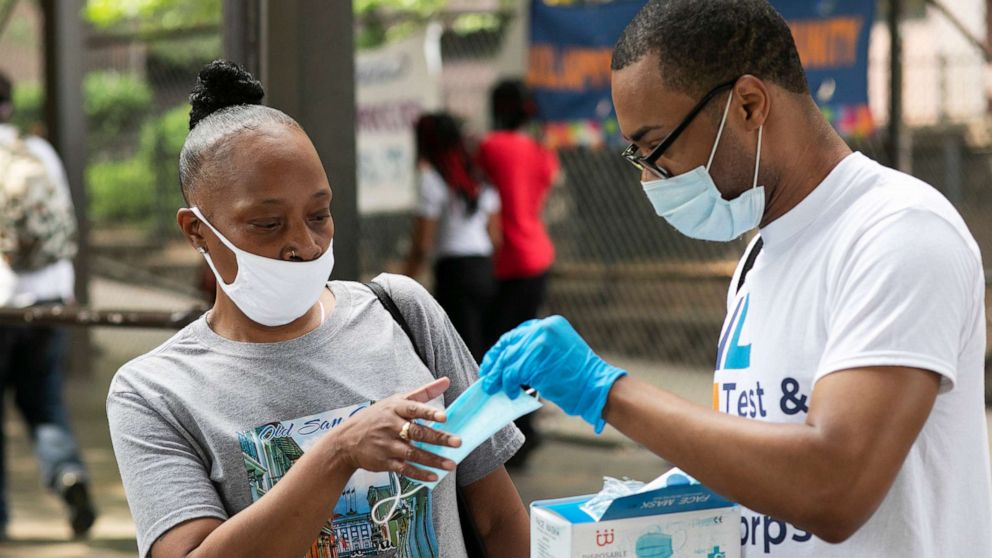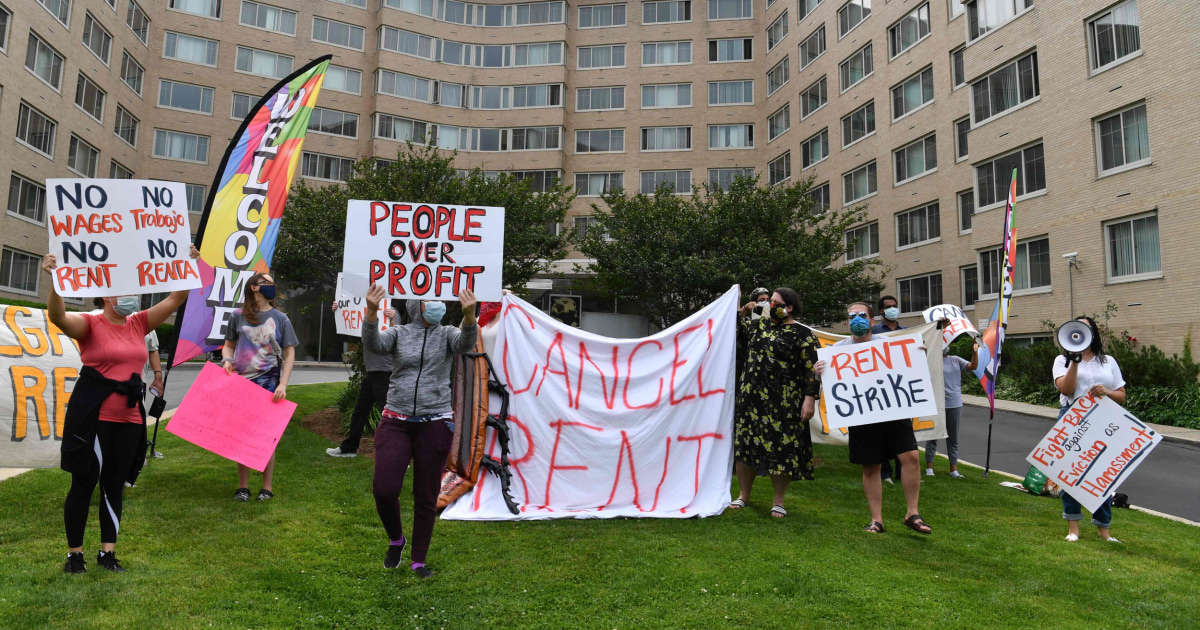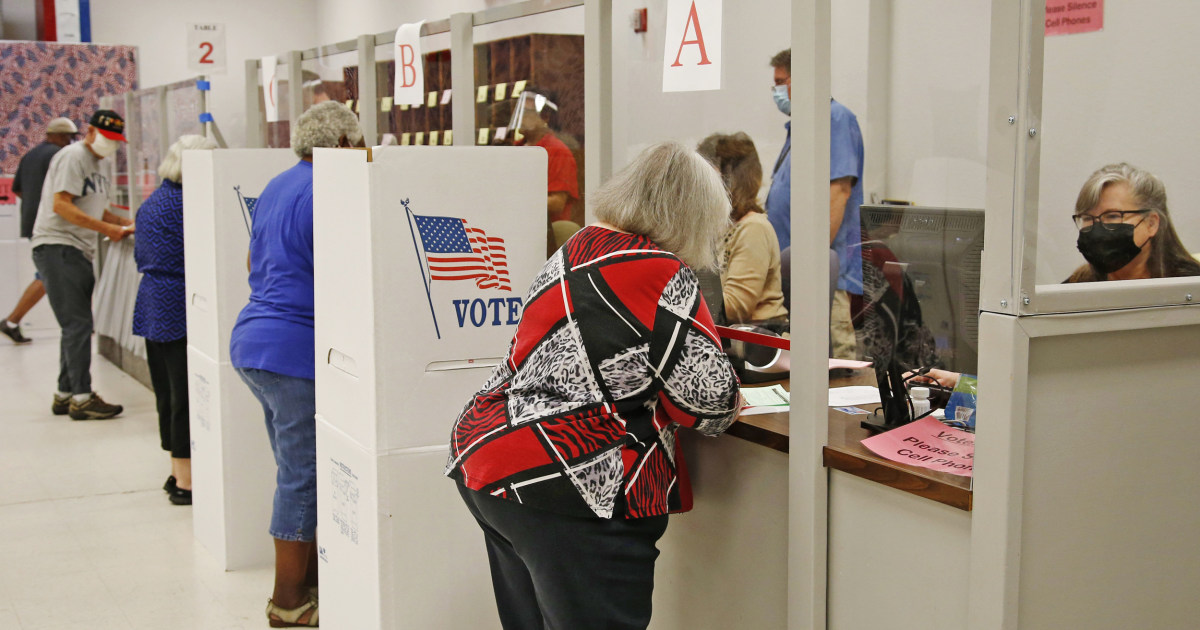As unemployment claims keep pouring in, new job postings are lacking, and an end to some benefits is approaching.
Tens of millions of applications, 40-year-old technology, and years of budget cuts and restrictions created the perfect storm for state unemployment agencies.
A report from the Urban Institute finds that three federal measures — one-time stimulus payments, enhanced SNAP benefits and extended unemployment assistance — have kept more than 10 million Americans out of poverty this year.
As cases of coronavirus continue to skyrocket around the country, new details are emerging from New York City — once the epicenter of the domestic pandemic.
Coronavirus cases in Alameda County increased nearly five times more rapidly in low-income communities than in high-income ones, according to a Chronicle analysis. Driving the differences was a lack of early support for the people who needed it most.
“It’s really unfathomable that we would put low-income, already marginalized groups through even greater uncertainty,” one legal aid provider said.
Congress has yet to pass a measure that would ensure a pay boost for people who have been asked to keep going to work during the coronavirus pandemic shutdowns.
An undercover investigation found that Black people were shown fewer apartments and that real estate agents cut off contact when renters gave Black-sounding names like Lakisha, Tyrone, or Kareem. In subtle and overt ways, Black renters experienced discrimination in 71 percent of the cases tested.
Under the Cares Act, parents are supposed to get an extra $500 per dependent child under 17. But the IRS lost information for hundreds of thousands of low-income Americans.
The state was one of 14, along with neighboring Texas and Kansas, that had not expanded the program.










